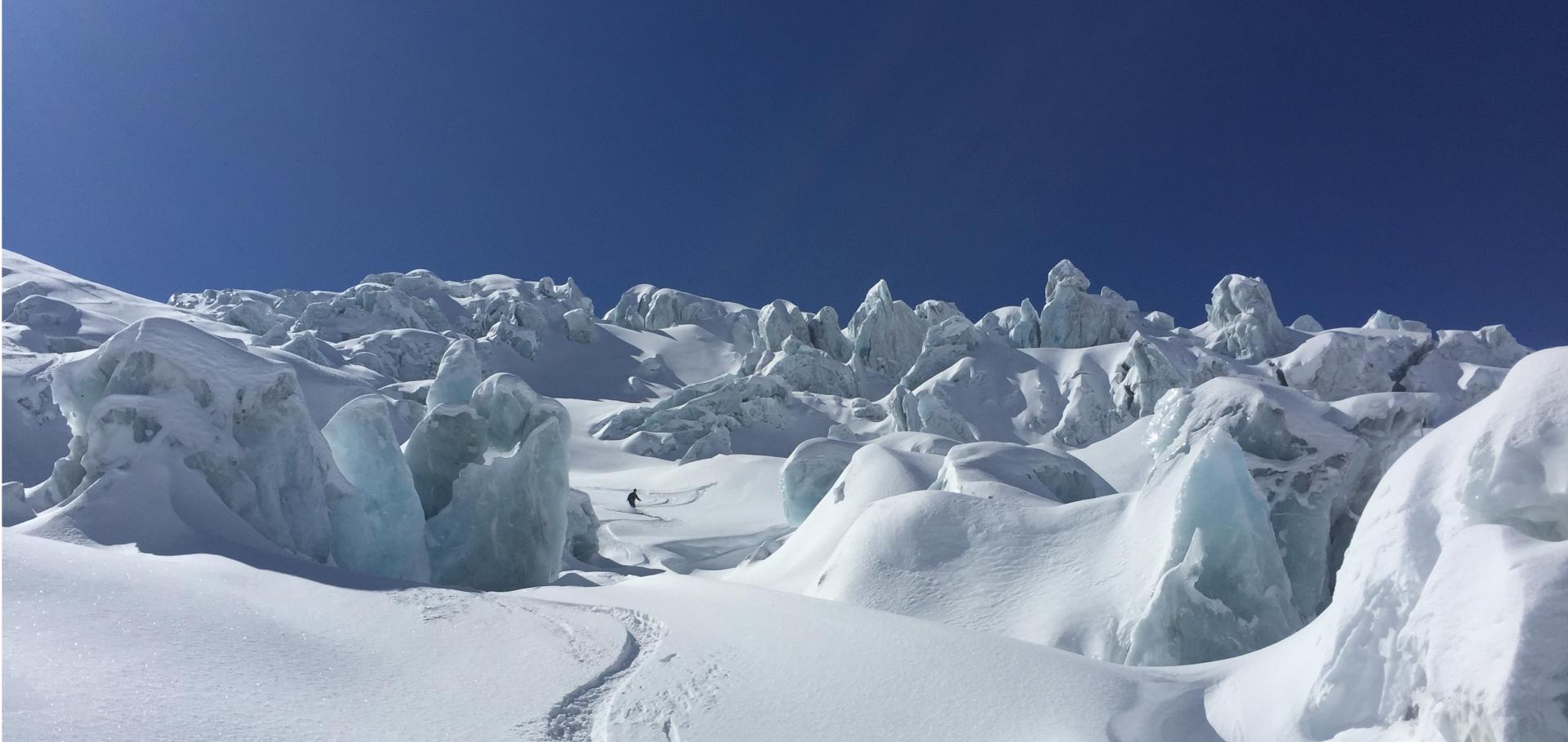Isolation, spectroscopic characterization and study of island formation of two isomers of the metallofullerene Nd@C82
Meeting Abstracts MA 2005-02 (2005) 1663-1663
Measuring errors in single-qubit rotations by pulsed electron paramagnetic resonance
PHYSICAL REVIEW A 71:1 (2005) ARTN 012332
Comment on "specific Raman signatures of a dimetallofullerene peapod".
Phys Rev Lett 93:26 Pt 1 (2004) 269601
Comment on "specific Raman signatures of a dimetallofullerene peapod"
Physical Review Letters 93:26 I (2004)


